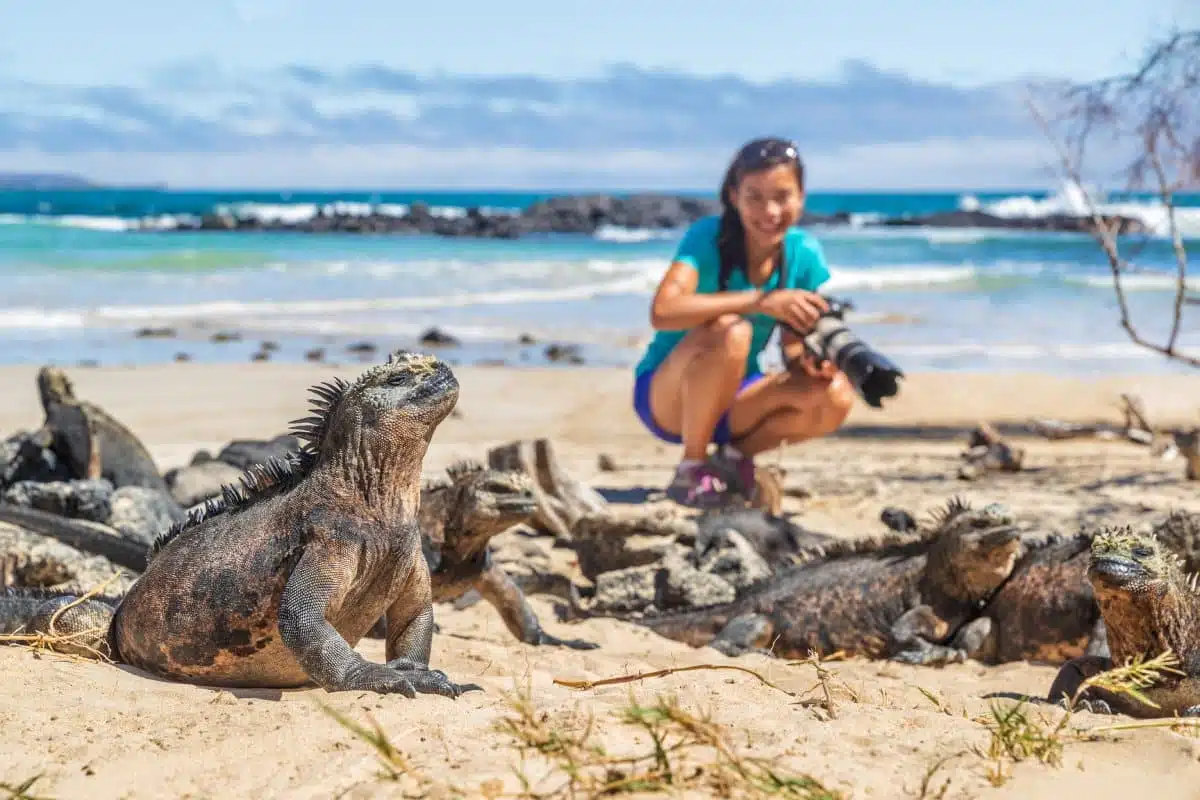Embarking on an expedition to the Galapagos Islands is akin to stepping into a living museum of evolutionary changes, where wildlife reigns supreme, untouched and unphased by the presence of humans. This archipelago, located about 600 miles off the coast of Ecuador, is a melting pot of marine and terrestrial biodiversity. Each island offers a unique showcase of flora and fauna, providing unparalleled opportunities for close encounters with wildlife. From the iconic giant tortoises to the curious blue-footed boobies, the Galapagos Islands present a spectacle of nature in its most pristine and untouched form. This guide offers insights into these islands’ exotic wildlife encounters, complemented by practical advice for intrepid travelers looking to explore this unparalleled destination.
The Galapagos Islands
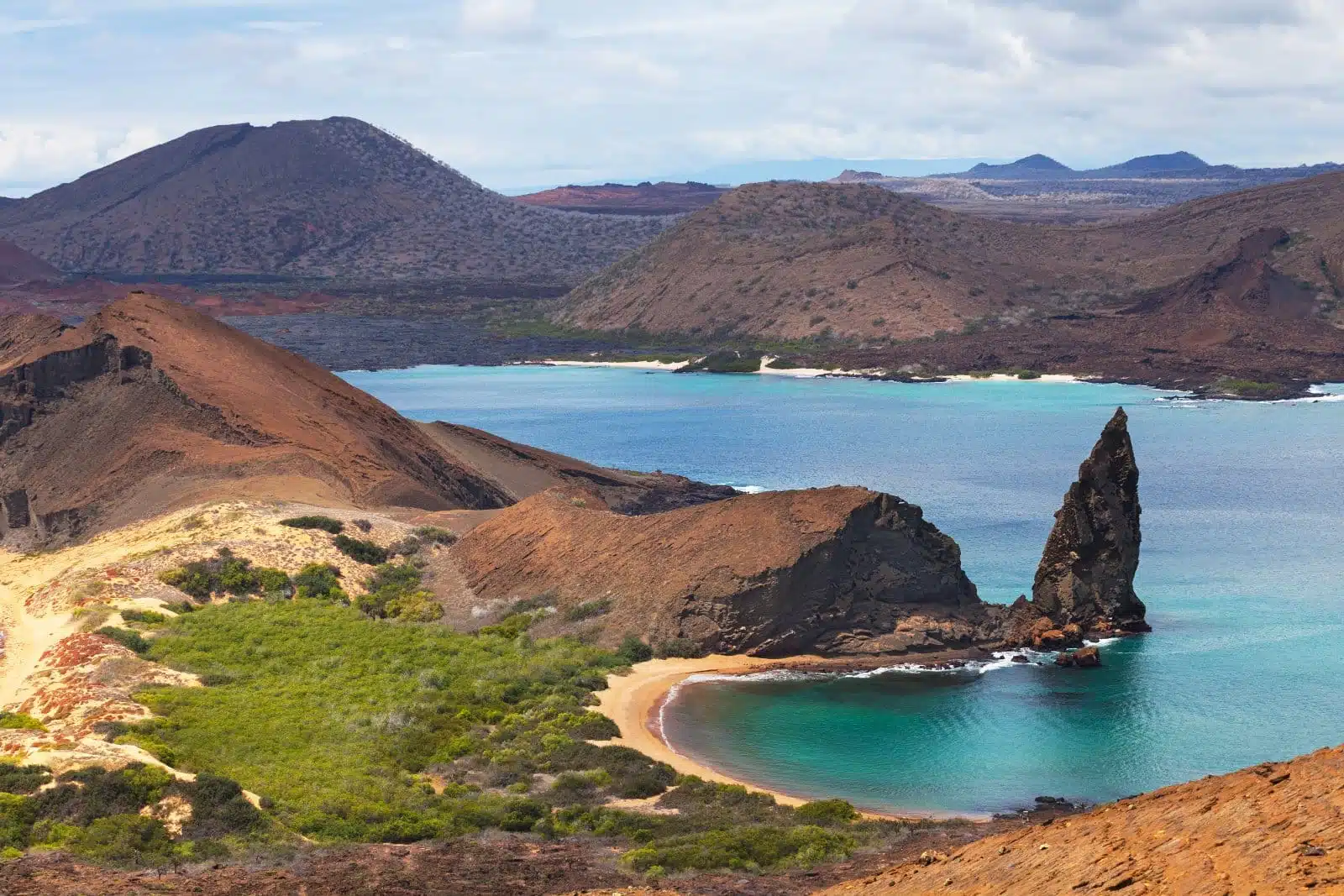
Image Credit: Shutterstock / sunsinger
The Galapagos Islands, a UNESCO World Heritage site, are celebrated for their vast number of endemic species, which Charles Darwin studied during the voyage of the Beagle. His observations and collections contributed to the inception of Darwin’s theory of evolution employing natural selection. Today, the islands continue to be a living laboratory for scientists and a fascinating journey for nature lovers. Wildlife roams freely, often indifferent to human presence, allowing for extraordinary wildlife photography and observation opportunities. Each island boasts its own unique ecosystem, making every stop an entirely new experience. This guide will navigate through the archipelago’s most significant wildlife habitats, offering a glimpse into the best spots for wildlife viewing and how to responsibly enjoy the natural wonders of the Galapagos Islands.
1. Giant Tortoises in the Highlands of Santa Cruz Island
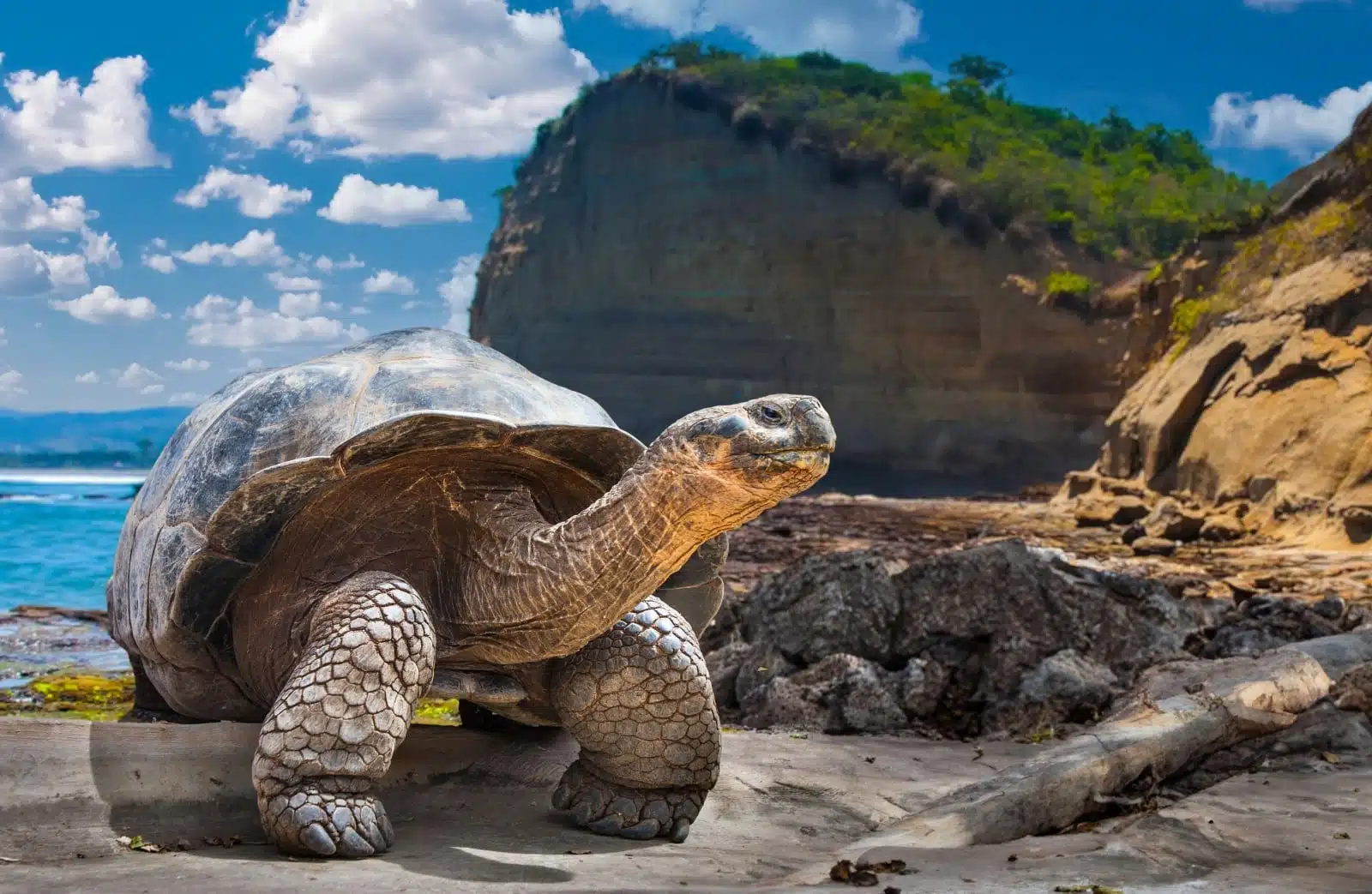
Image Credit: Shutterstock / FOTOGRIN
The highlands of Santa Cruz Island offer lush vegetation and are one of the best places to see Galapagos giant tortoises in their natural habitat. These magnificent creatures, which can live over 100 years, roam freely in the wild or can be observed at the Giant Tortoise Reserve. Visitors have the unique opportunity to walk among them, observing their slow movements and peaceful demeanor up close. The highlands are also home to a variety of birds, including the vermillion flycatcher and Galapagos rail, making it a must-visit for wildlife enthusiasts.
Insider’s Tip: Wear comfortable walking shoes and long pants to protect against the underbrush while walking in the highlands. Early morning visits offer cooler temperatures and more active wildlife.
When to Travel: The best time to visit is during the cooler, dry season from June to November when the tortoises are more likely to be seen in the wild.
How to Get There: Santa Cruz is a central hub in the Galapagos. Visitors can fly into Baltra Island before taking a short bus and ferry ride to Santa Cruz. Guided tours to the highlands are available from Puerto Ayora.
2. Marine Iguanas at Punta Espinoza, Fernandina Island
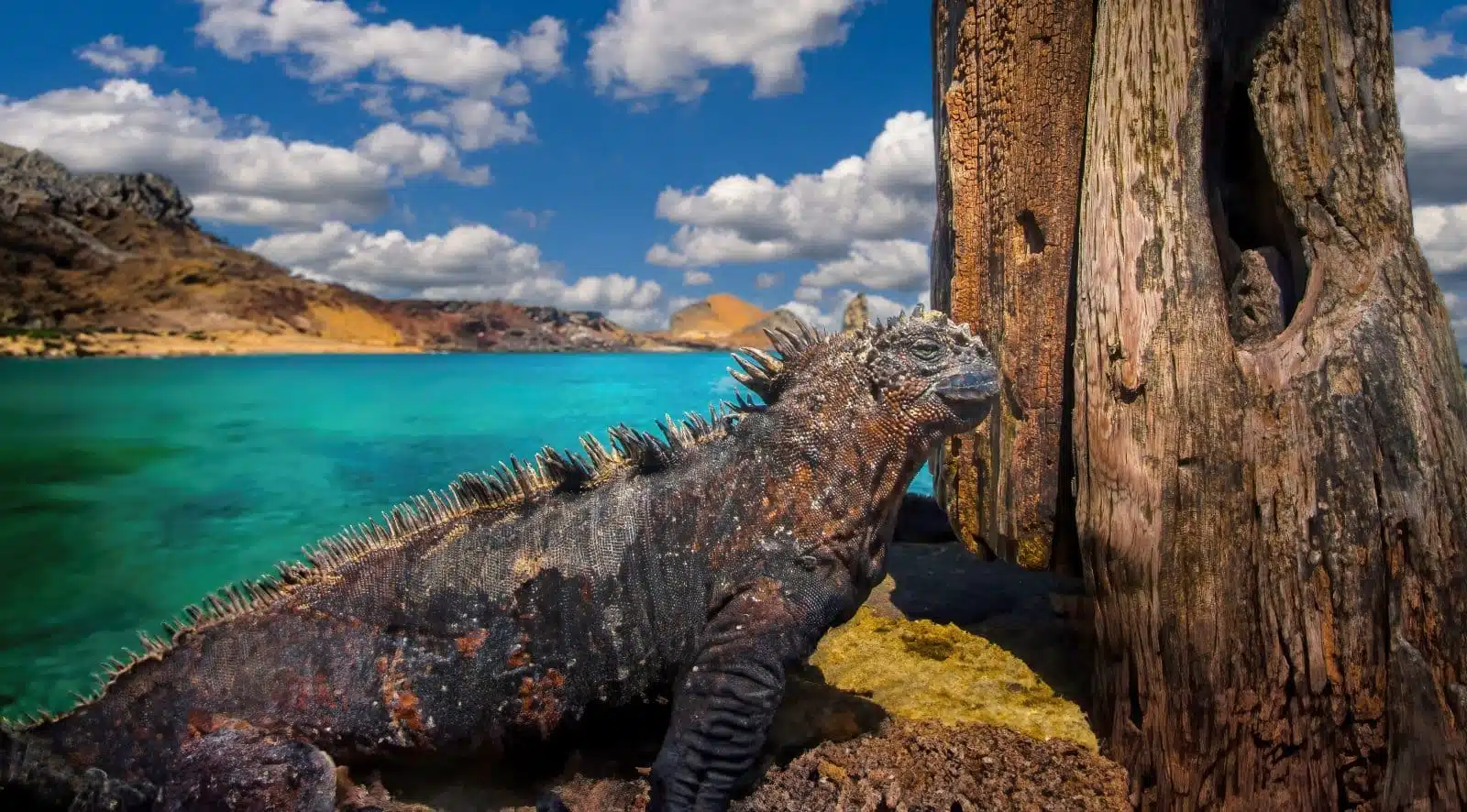
Image Credit: Shutterstock / FOTOGRIN
Punta Espinoza is a narrow stretch of land where hundreds of marine iguanas bask on the black lava rocks. Fernandina Island, the youngest and one of the most pristine in the archipelago, offers a unique ecosystem where these iguanas, the only sea-going lizards in the world, can be observed up close. Visitors can watch them swimming in the waters, feeding on algae, and resting in large groups. The area is also home to flightless cormorants and Galapagos penguins, showcasing the islands’ unique evolutionary adaptations.
Insider’s Tip: Be sure to keep a respectful distance from the wildlife. While the animals are accustomed to human presence, avoiding disturbing them is crucial.
When to Travel: The dry season from June to November is ideal, as cooler water temperatures bring more marine life to the surface near Fernandina.
How to Get There: Access to Fernandina is typically via liveaboard boats or day tours from Isabela Island. Ensure your tour includes a stop at Punta Espinoza.
3. Blue-Footed Boobies on North Seymour Island
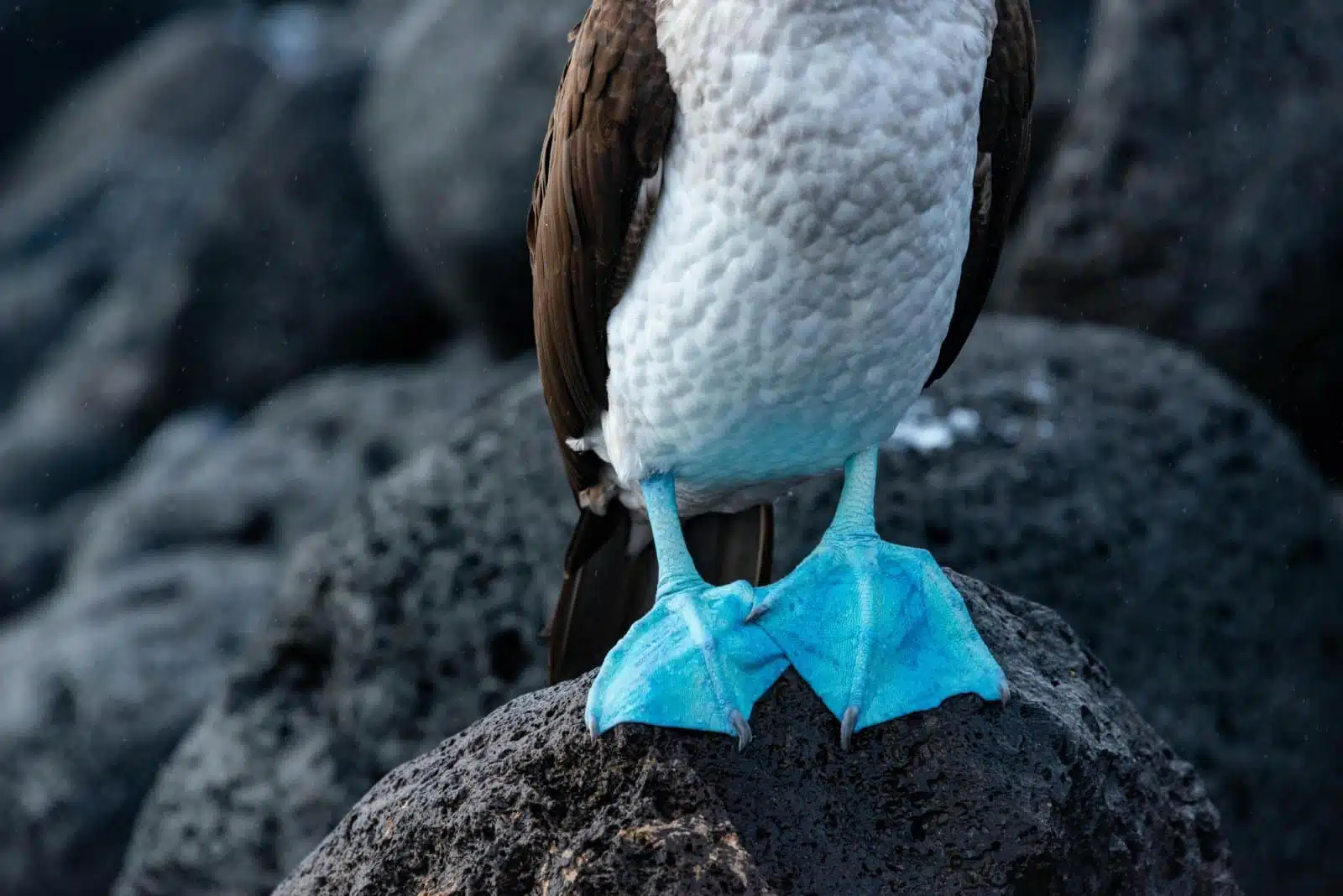
Image Credit: Pexels / Diego F. Parra
North Seymour Island is renowned for its thriving population of blue-footed boobies. These birds, famous for their distinctive blue feet and elaborate mating dances, nest right along the walking trails, allowing for unparalleled observation opportunities. The island’s flat terrain is also populated by magnificent frigatebirds, known for the males’ bright red throat pouches, which they inflate during the breeding season to attract females.
Insider’s Tip: Visiting during the breeding season (April to June) offers the best chance to see the boobies’ courtship rituals, including their famous “sky-pointing” dance.
When to Travel: The island is accessible year-round, but the dry season offers cooler temperatures and less rain, making hikes more comfortable.
How to Get There: North Seymour is a short boat ride from Baltra Island, where the nearest airport is located. Access is typically part of a guided tour or cruise itinerary.
4. Snorkeling with Sea Lions at Champion Islet, Floreana Island
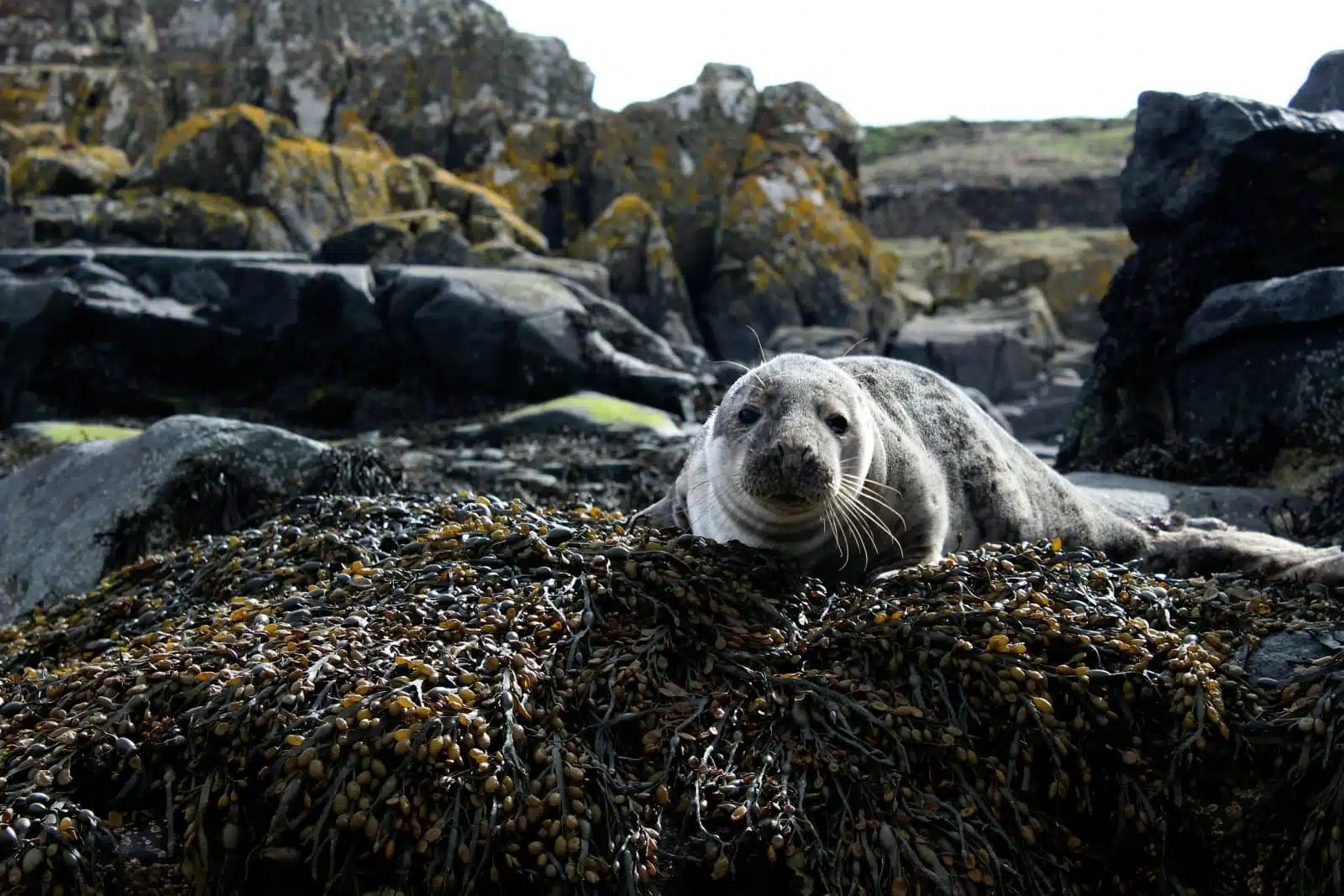
Image Credit: Pexels / JOHNY REBEL, the Explorer Panda
Champion Islet off Floreana Island offers one of the best snorkeling experiences in the Galapagos, where playful sea lions swim alongside humans in crystal clear waters. The islet is also a paradise for seeing a variety of tropical fish, sea turtles, and occasionally, dolphins. Floreana has a fascinating human history to complement its natural beauty, adding depth to any visit.
Insider’s Tip: Be prepared for sea lions to approach closely, but remember not to touch or feed them. Keep your movements gentle to maintain a calm interaction.
When to Travel: The warmer months from December to May provide the best snorkeling conditions, with warmer water and better visibility.
How to Get There: Floreana is accessible by boat from Santa Cruz Island. Snorkeling trips to Champion Islet are usually part of a cruise or can be arranged through local operators in Puerto Ayora.
5. Albatrosses on Española Island
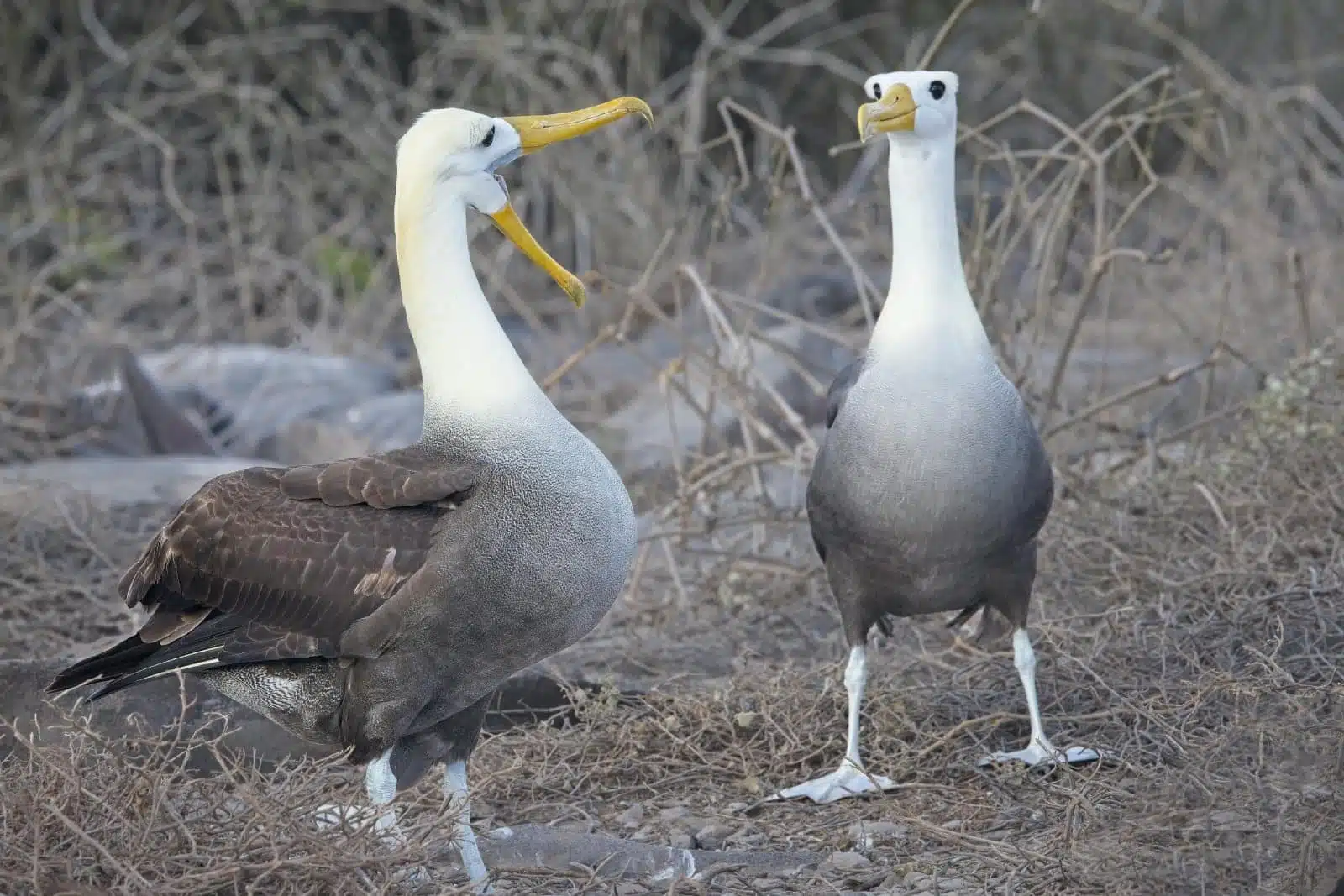
Image Credit: Pexels / Glenn Saunders
Española Island is the exclusive breeding ground for the Waved Albatross, the only tropical albatross species in the world. From April to December, these majestic birds come to Española to mate and raise their young, offering visitors a rare opportunity to observe their elaborate courtship rituals and nesting behaviors. The island also features stunning cliffside viewpoints, where albatrosses can be seen taking off and landing, a testament to their incredible wingspan and grace.
Insider’s Tip: Timing your visit between April and July offers the chance to witness the start of the breeding season and the intricate courtship dances of the albatrosses.
When to Travel: The albatrosses are present on Española from April to December, making this period ideal for a visit.
How to Get There: Española Island is typically accessed via cruise ships or day tours departing from San Cristóbal or Santa Cruz Island. Ensure your itinerary includes Punta Suarez, the primary viewing area for albatrosses.
6. Flightless Cormorants on Isabela Island
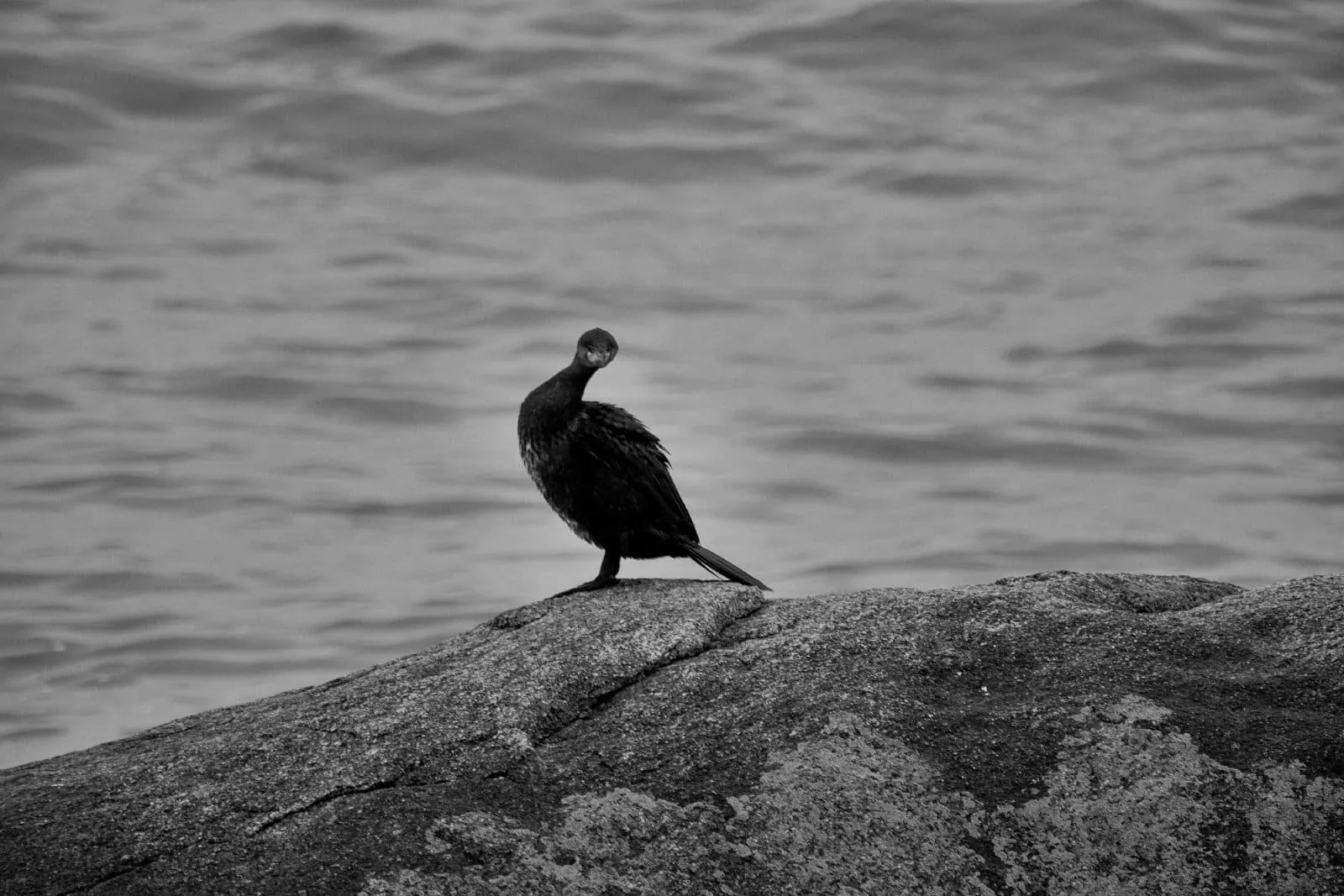
Image Credit: Pexels / hermaion
Isabela Island, the largest in the archipelago, is one of the few places in the world where you can observe the Flightless Cormorant, an endemic species that has evolved unique adaptations to its environment. With vestigial wings and powerful legs, these birds have become adept swimmers, diving into the ocean to catch fish. The western coast of Isabela, particularly around Punta Moreno and Elizabeth Bay, offers the best chances to see these fascinating birds in their natural habitat.
Insider’s Tip: A guided kayak tour around the mangroves of Elizabeth Bay provides not only the opportunity to see Flightless Cormorants but also penguins and marine turtles up close.
When to Travel: The dry season from June to November is ideal for wildlife viewing on Isabela, as cooler water temperatures bring a richer diversity of marine life to the surface.
How to Get There: Isabela Island can be reached by small aircraft from Santa Cruz or by boat. Local operators in Puerto Villamil offer tours to key wildlife viewing spots.
7. Red-Footed Boobies at Genovesa Island
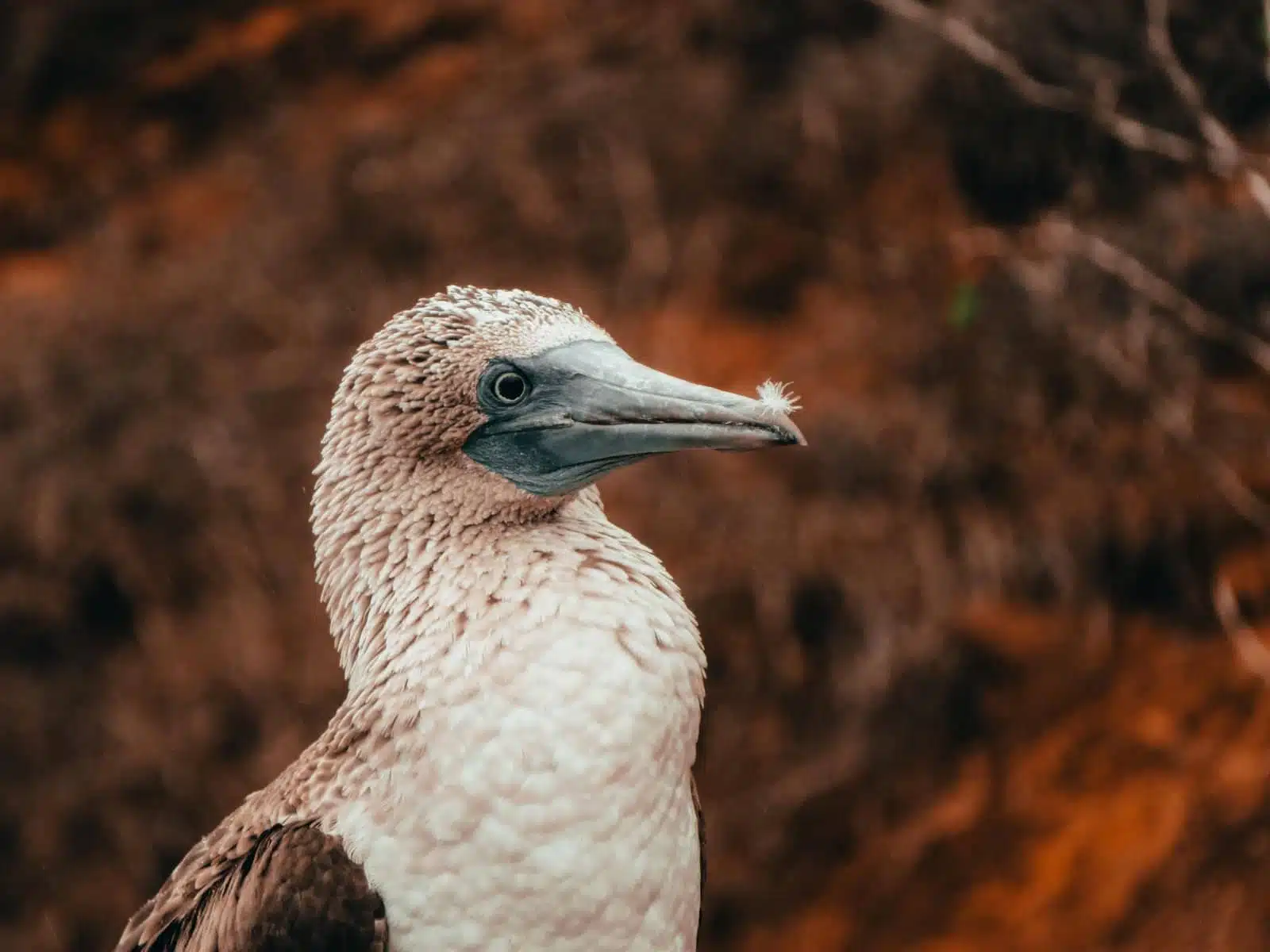
Image Credit: Pexels / Colin Fearing
Genovesa Island, often called “Bird Island,” is a haven for birdwatchers, home to one of the world’s largest colonies of Red-Footed Boobies. Unlike their blue-footed cousins, red-footed boobies prefer to nest in trees and shrubs, and Genovesa’s low-lying vegetation provides the perfect habitat. The island’s volcanic caldera and Prince Philip’s Steps offer dramatic landscapes and excellent opportunities to observe not only boobies but also frigatebirds, storm petrels, and short-eared owls.
Insider’s Tip: Bringing a good pair of binoculars is essential for birdwatching on Genovesa, allowing you to observe nesting sites and bird behaviors without disturbing the wildlife.
When to Travel: The island is accessible year-round, but the cooler, dry season from June to November offers comfortable conditions for hiking and birdwatching.
How to Get There: Access to Genovesa is exclusively by liveaboard cruise ships that offer naturalist-guided tours as part of their itinerary.
8. Hammerhead Sharks at Wolf and Darwin Islands

Image Credit: Pexels / Ben Phillips
For the adventurous diver, the remote northern islands of Wolf and Darwin are the Galapagos’ premier sites for observing large schools of hammerhead sharks. These isolated islands, accessible only by liveaboard dive boats, offer some of the most thrilling underwater encounters in the archipelago, with clear waters teeming with hammerheads, whale sharks, and other pelagic species.
Insider’s Tip:
Due to strong currents and remote locations, diving at Wolf and Darwin is recommended for experienced divers only. Ensure your dive operator is reputable and familiar with the sites.
When to Travel:
The best time for diving with hammerhead sharks is from June to November when cooler water temperatures attract a wide variety of marine life to the islands.
How to Get There:
Specialized liveaboard dive boats departing from Santa Cruz or San Cristóbal Island access Wolf and Darwin Islands. Book well in advance, as these trips are in high demand.
9. Galapagos Penguins on Bartolome Island
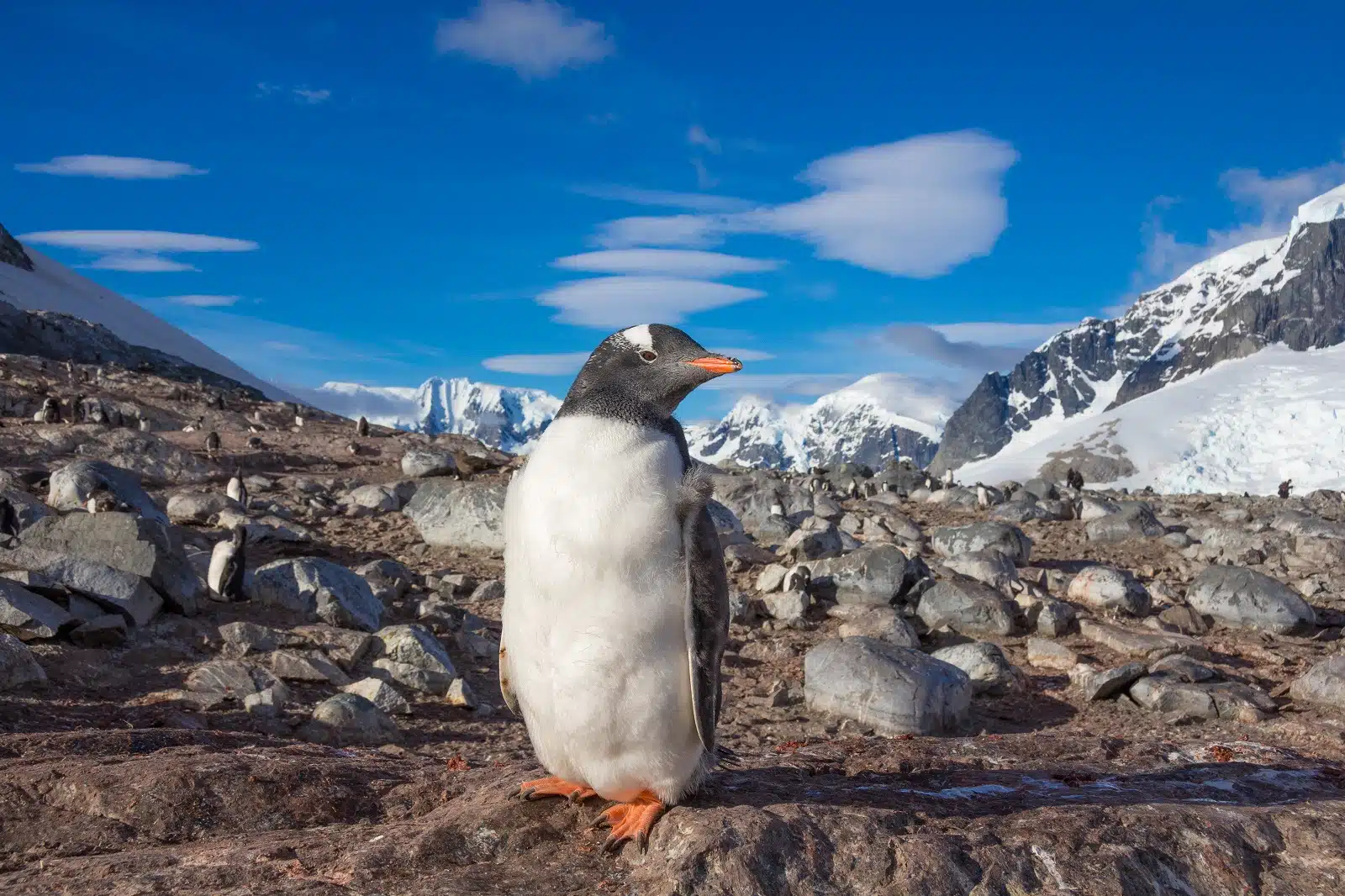
Image Credit: Shutterstock / 3sby
Bartolome Island is one of the best places to see Galapagos Penguins, the only penguin species found north of the equator. These small, endangered penguins can be seen swimming in the waters around the island or resting on the rocky shores. Bartolome’s distinctive Pinnacle Rock and its surrounding waters offer not only penguin sightings but also breathtaking snorkeling and panoramic views of the archipelago.
Insider’s Tip: Snorkeling or taking a glass-bottom boat tour provides the best chances to see Galapagos Penguins as they dart through the water, hunting for fish.
When to Travel: While the penguins can be seen year-round, the cooler months from May to December are the best time to see them in the water, as they’re more active during this period.
How to Get There: Bartolome is accessible via day trips or as part of a cruise itinerary from Santa Cruz Island. The journey offers stunning views of the archipelago and the opportunity to spot dolphins and whales en route.
10. Sea Lions at San Cristobal Island
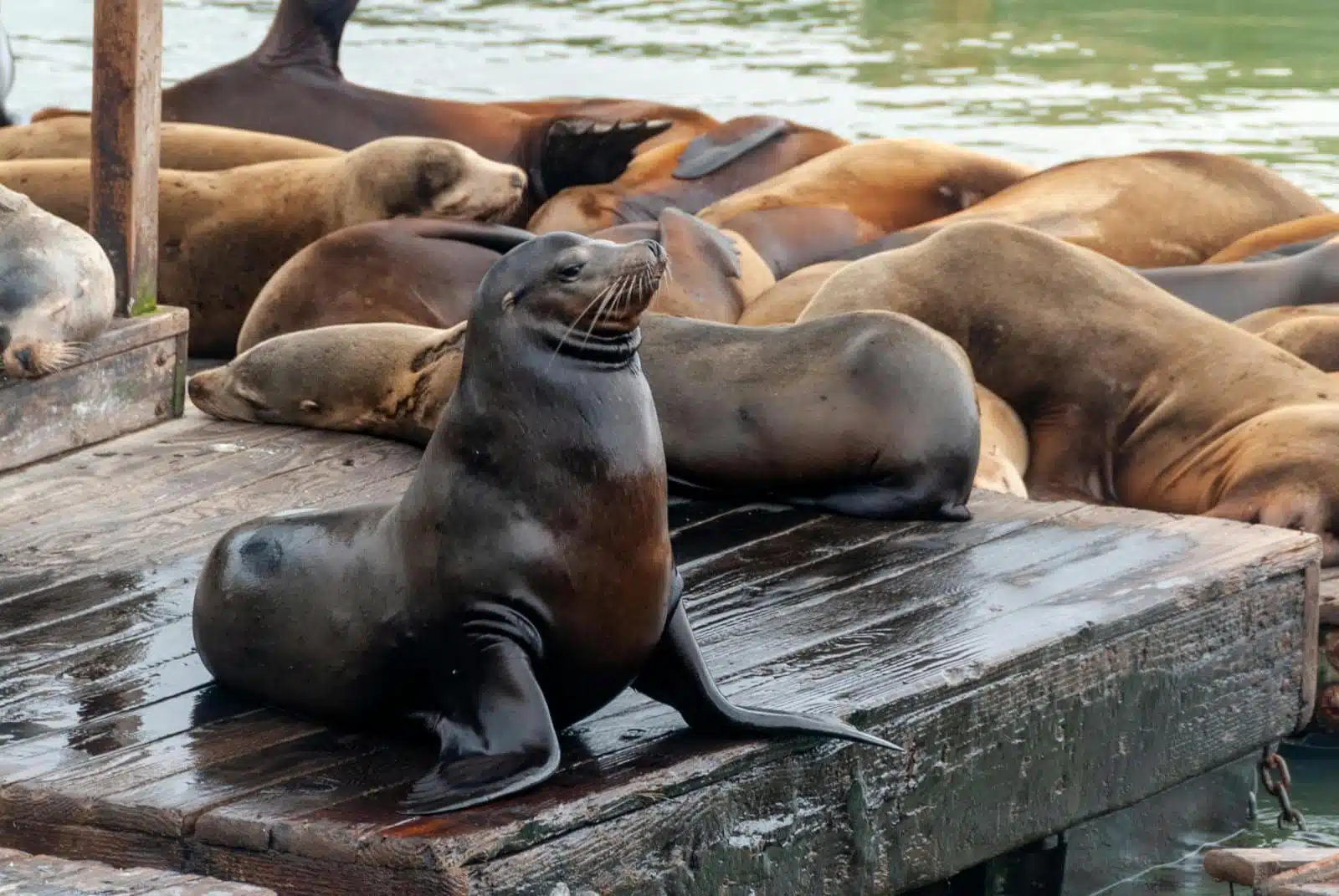
Image Credit: Pexels / David Vives
San Cristobal Island offers one of the most intimate and unforgettable experiences with Galapagos sea lions. The island’s beaches, particularly those around Puerto Baquerizo Moreno, are frequented by these playful and curious creatures. Sea lions in the Galapagos exhibit little fear of humans, allowing for close-up encounters. Visitors can observe their social behavior, watch as pups play in the shallows, and even snorkel alongside them in designated areas. La Lobería, a short distance from the port town, is a prime spot for such interactions, providing a window into the lives of these marine mammals in their natural habitat.
Insider’s Tip: While it’s tempting to interact closely with sea lions, respecting their space is crucial, especially during the breeding season when males can be more aggressive. Always follow your guide’s instructions to ensure a safe and respectful experience.
When to Travel: Sea lions can be seen year-round, but the dry season from June to November offers cooler temperatures and less rainfall, making outdoor activities more comfortable.
How to Get There: San Cristobal is one of the two islands in the Galapagos, with an airport receiving flights from mainland Ecuador. Puerto Baquerizo Moreno is easily navigable on foot, and taxis are available for longer distances.
11. Mangrove Forests at Black Turtle Cove, Santa Cruz Island
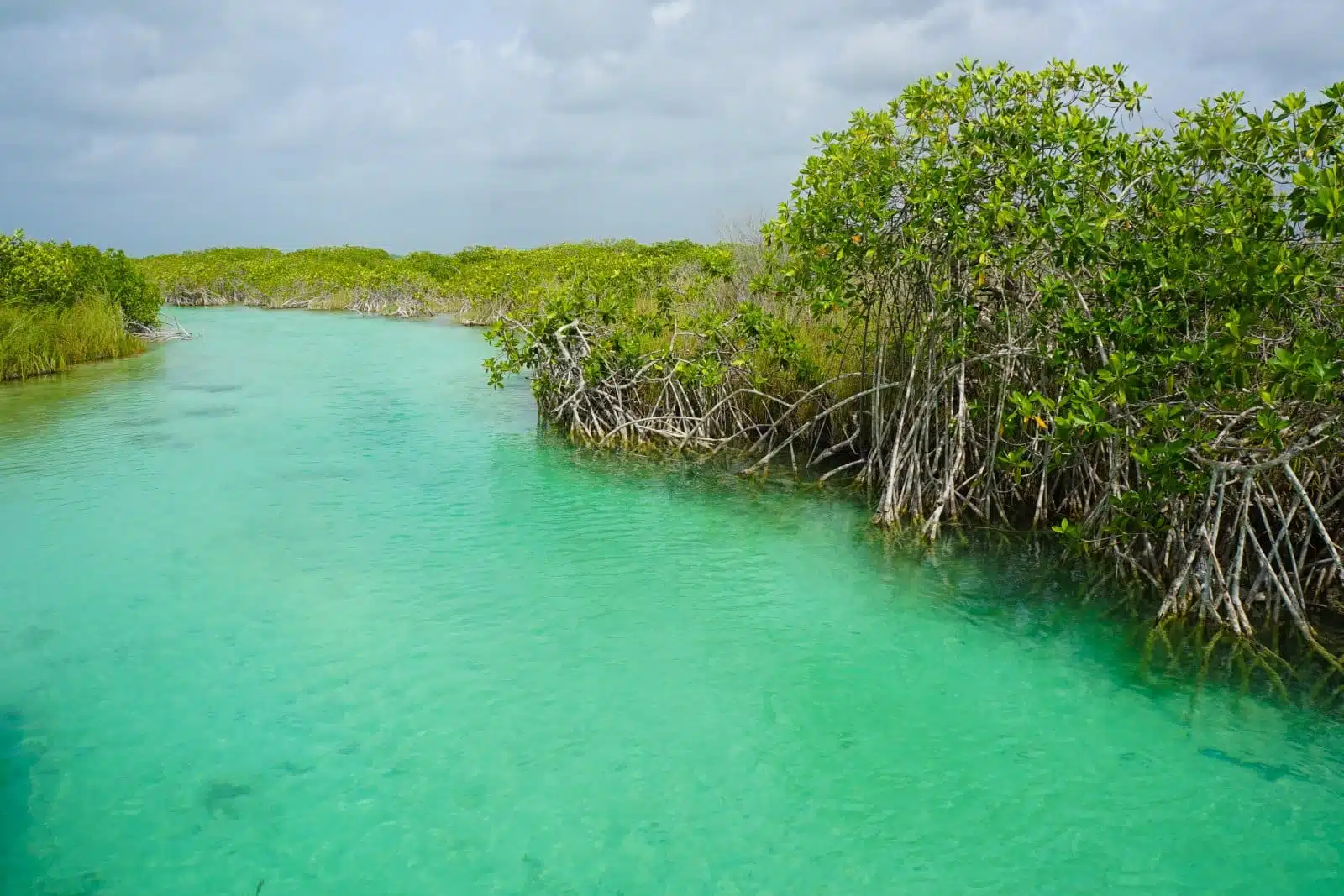
Image Credit: Shutterstock / Inspired By Maps
Black Turtle Cove on the northern shore of Santa Cruz Island is a serene mangrove estuary accessible only by small boats or kayaks. This hidden gem is a nursery for many species of sharks and rays, including blacktip and whitetip reef sharks and sea turtles. The calm, sheltered waters provide a unique ecosystem where visitors can quietly paddle among the mangroves, observing the rich marine life below the surface. The area is a testament to the Galapagos Islands’ commitment to conservation, offering a glimpse into the complex and delicate balance of marine ecosystems.
Insider’s Tip: Opt for a guided kayak tour early in the morning when the water is calmest and wildlife is most active. The absence of engine noise increases your chances of spotting shy species.
When to Travel: The site is accessible year-round, but the calmer seas from December to May enhance the clarity of the water, making wildlife viewing more rewarding.
How to Get There: Access to Black Turtle Cove is typically arranged through tour operators from Puerto Ayora, with visits conducted under strict environmental guidelines to protect the area’s fragile ecosystem.
The Bottom Line
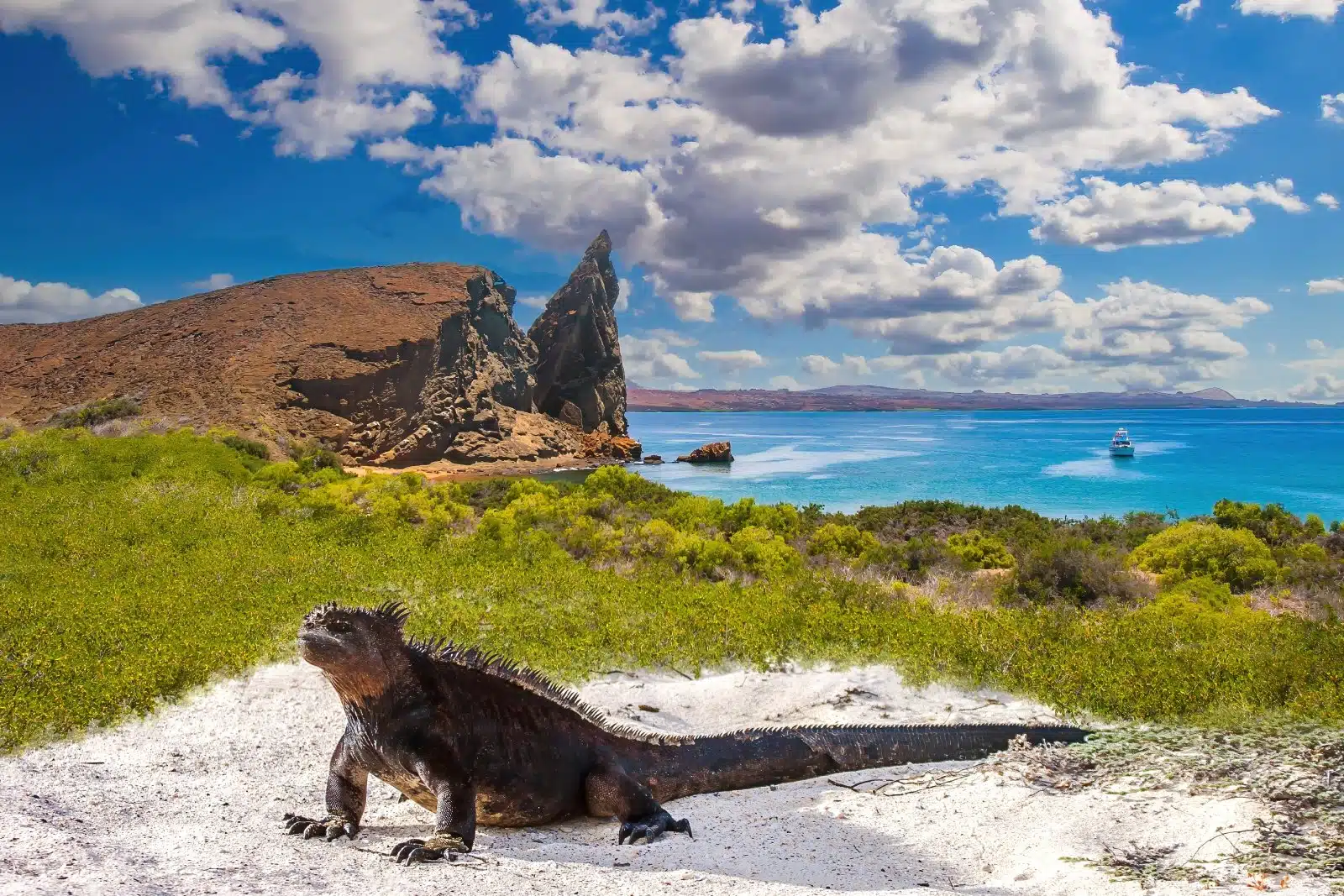
Image Credit: Shutterstock / FOTOGRIN
The Galapagos Islands present a world where nature’s untamed beauty and the fragility of ecosystems coexist, offering lessons in conservation and the interconnectedness of life. Each destination within the archipelago provides a unique vantage point to observe and appreciate the extraordinary wildlife that has captivated scientists, conservationists, and travelers alike. As you embark on this journey of discovery, let the islands inspire a deeper commitment to preserving our planet’s natural wonders.
More From The Green Voyage
Top 10 Trending Travel Destinations 2024
6 Essential Banking Apps for International Travel – Managing Your Finances on the Go
Traveling With Kids – 10 Tips to Create Memorable Family Holidays
The post The Exotic Wildlife of the Galapagos Islands 2024 first appeared on The Green Voyage.
Featured Image Credit: Shutterstock / Maridav.
For transparency, this content was partly developed with AI assistance and carefully curated by an experienced editor to be informative and ensure accuracy.
Tips for Trip Success
Book Your Flight
Find an inexpensive flight by using Kayak, a favorite of ours because it regularly returns less expensive flight options from a variety of airlines.
Book Your Hotel or Special Accommodation
We are big fans of Booking.com. We like their review system and photos. If we want to see more reviews and additional booking options, we go to Expedia.
You Need Travel Insurance!
Good travel insurance means having total peace of mind. Travel insurance protects you when your medical insurance often will not and better than what you get from your credit card. It will provide comprehensive coverage should you need medical treatment or return to the United States, compensation for trip interruption, baggage loss, and other situations.Find the Perfect Insurance Plan for Your Trip
